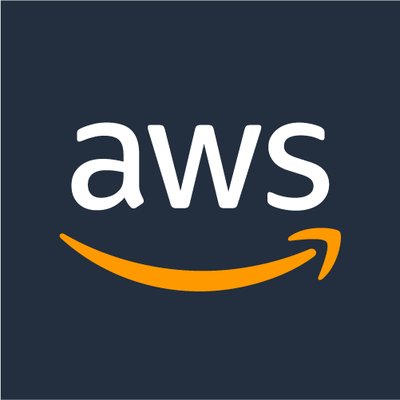Amazon Web Services announced on Monday that users can now call a lambda function in the SQL statement of the rule by calling it in the SELECT statement to enrich IoT message data with external services like weather, geo-location, and maps.
Clients will also be able to call a lambda function from the WHERE clause to evaluate a condition with context from external services. For example, the user can evaluate if the reported device position lies inside or outside a geographic area by calling an external geo-fencing endpoint like HERE maps (sample) and then triggering an SNS Action if it lies outside the area.
AWS IoT is a managed cloud service that lets connected devices securely interact with cloud applications and other devices. IoT Rules Engine, a component of AWS IoT, evaluates inbound messages published into AWS IoT and transforms and delivers them to another device or a cloud service, based on business rules defined.
A rule can apply to data from one or many devices, can take one or many actions in parallel, and route messages to AWS endpoints including AWS Lambda, Amazon Kinesis, Amazon S3, Amazon Machine Learning, Amazon DynamoDB, Amazon CloudWatch, and Amazon Elasticsearch Service with built-in Kibana integration. External endpoints can be reached using AWS Lambda, Amazon Kinesis, and Amazon Simple Notification Service (SNS).
AWS IoT provides secure, bi-directional communication between Internet-connected things (devices such as sensors, actuators, embedded micro-controllers, or smart appliances) and the AWS cloud. This enables users to collect telemetry data from multiple things, and store and analyze the data. Clients can also create applications that enable users to control these devices from their phones or tablets.
AWS IoT provides a secure mechanism for things and AWS IoT applications to publish and receive messages from each other. Users can use either the MQTT protocol directly or MQTT over WebSocket to publish and subscribe, while using the HTTP REST interface to publish. It also provides message processing and integration with other AWS services. Users can use an SQL-based language to select data from message payloads, process and send the data to other services, such as Amazon S3, Amazon DynamoDB, and AWS Lambda. Users can also use the message broker to republish messages to other subscribers.
The offering also provides shared responsibility for security in the AWS cloud. Their things must keep their credentials safe in order to securely send data to the message broker. The message broker and rules engine use AWS security features to send data securely to devices or other AWS services.
AWS IoT provides a thing registry that helps manage things. A thing is a representation of a specific device or logical entity. It can be a physical device or sensor (for example, a light bulb or a switch on a wall). It can also be a logical entity like an instance of an application or physical entity that does not connect to AWS IoT but is related to other devices that do (for example, a car that has engine sensors or a control panel).




